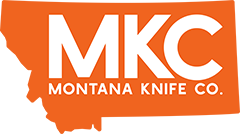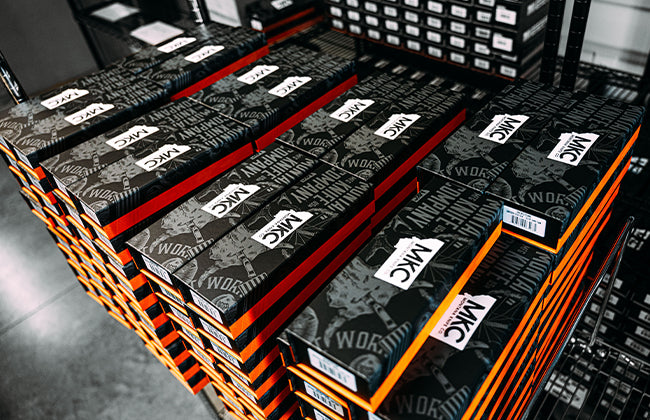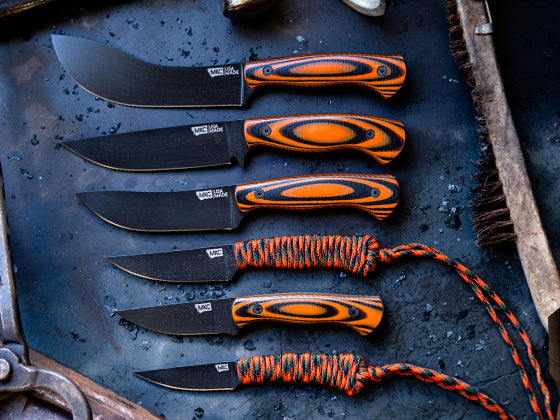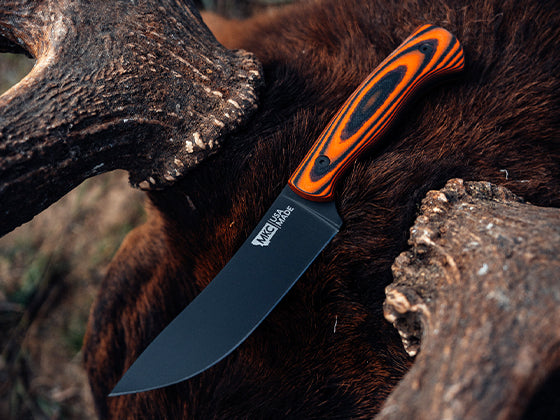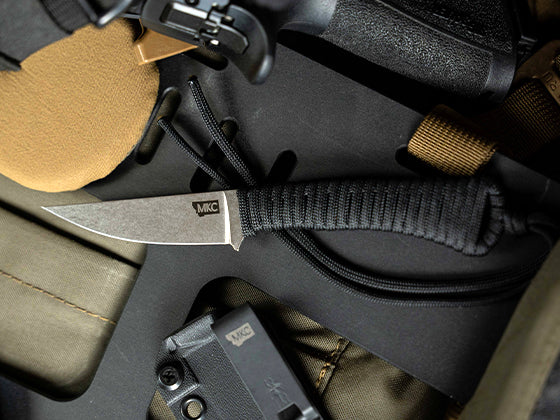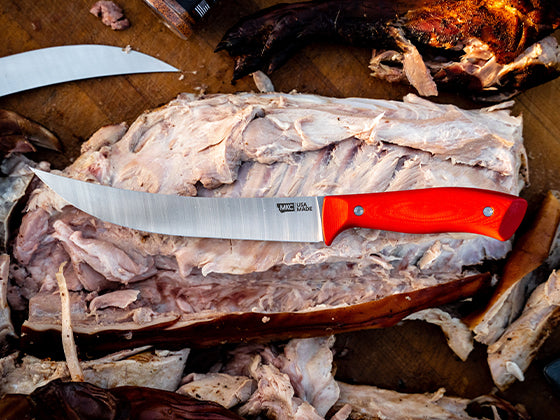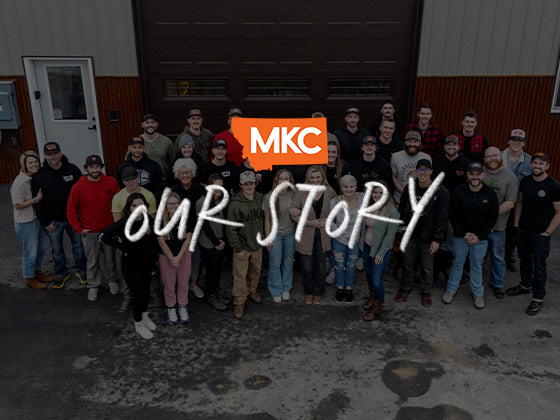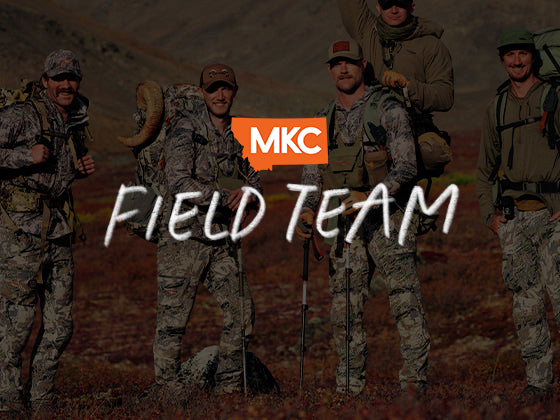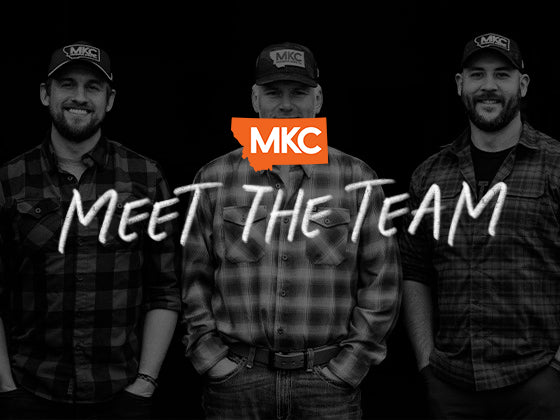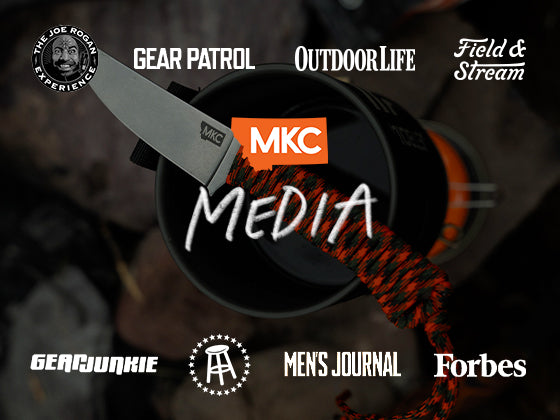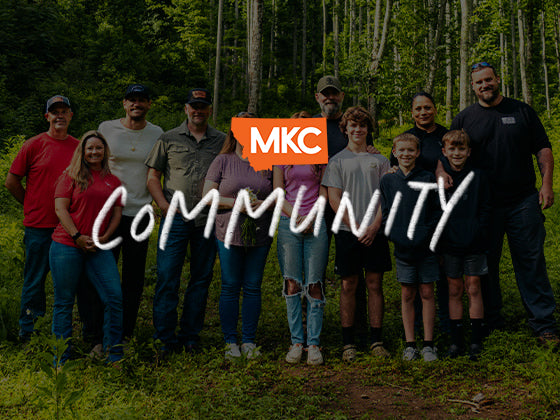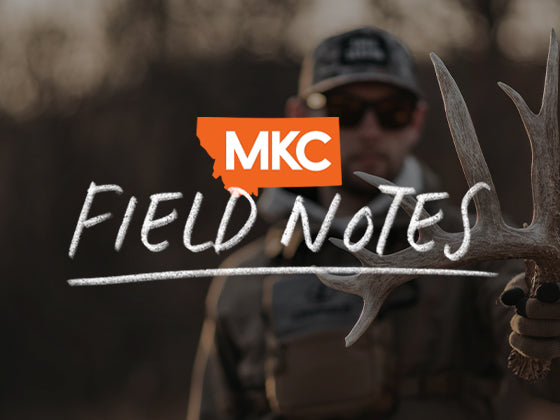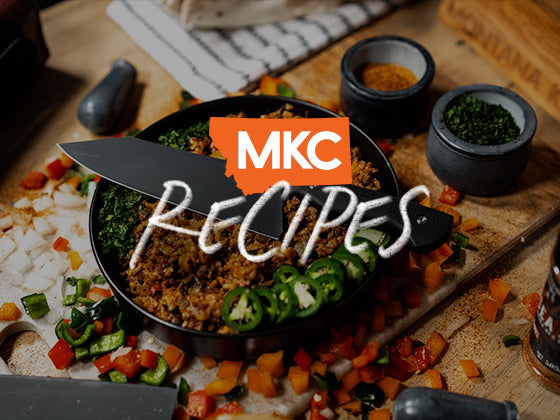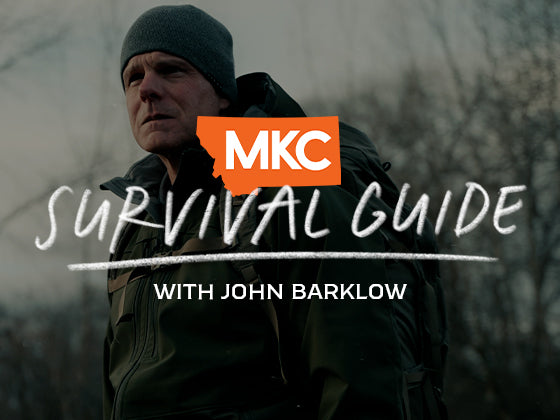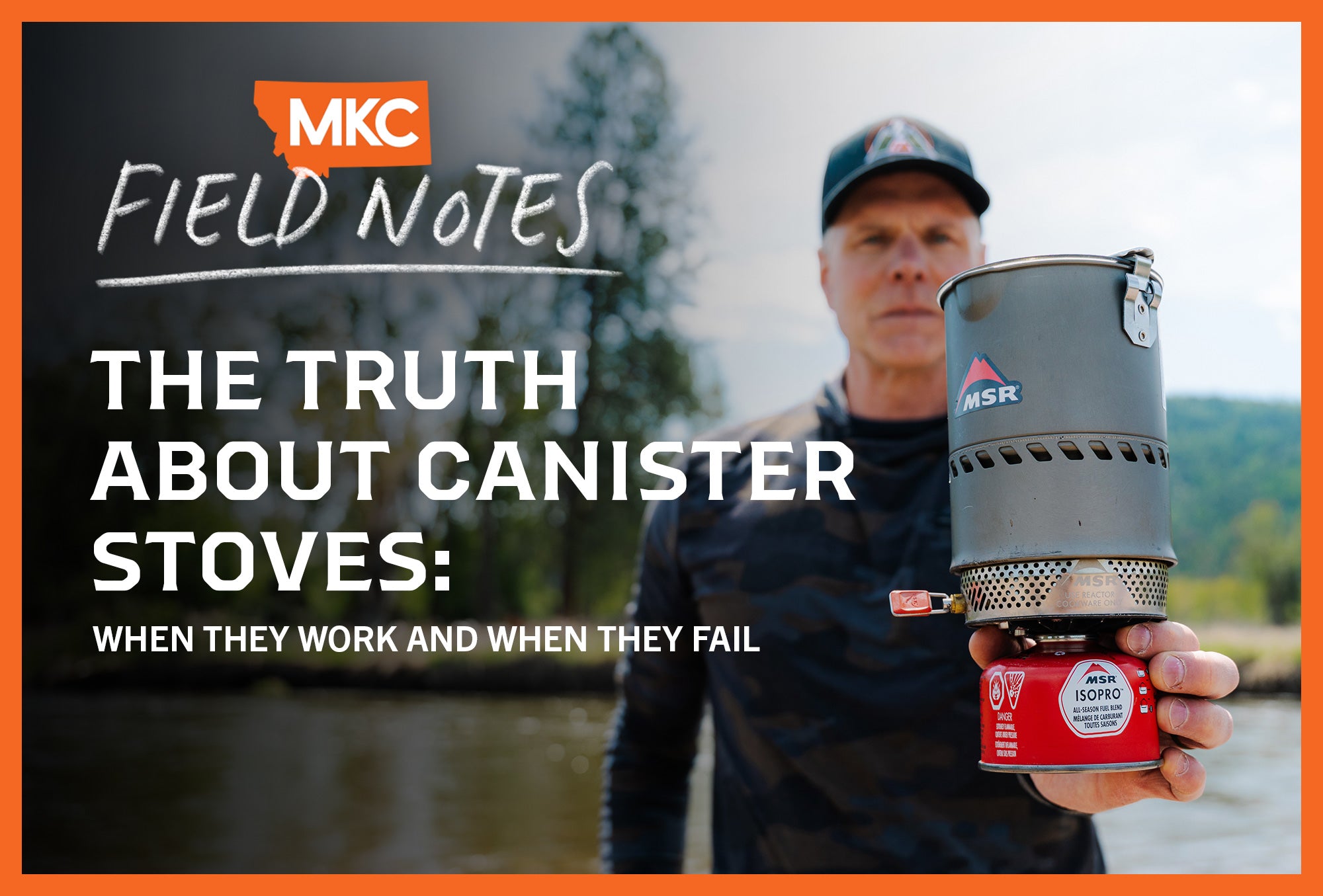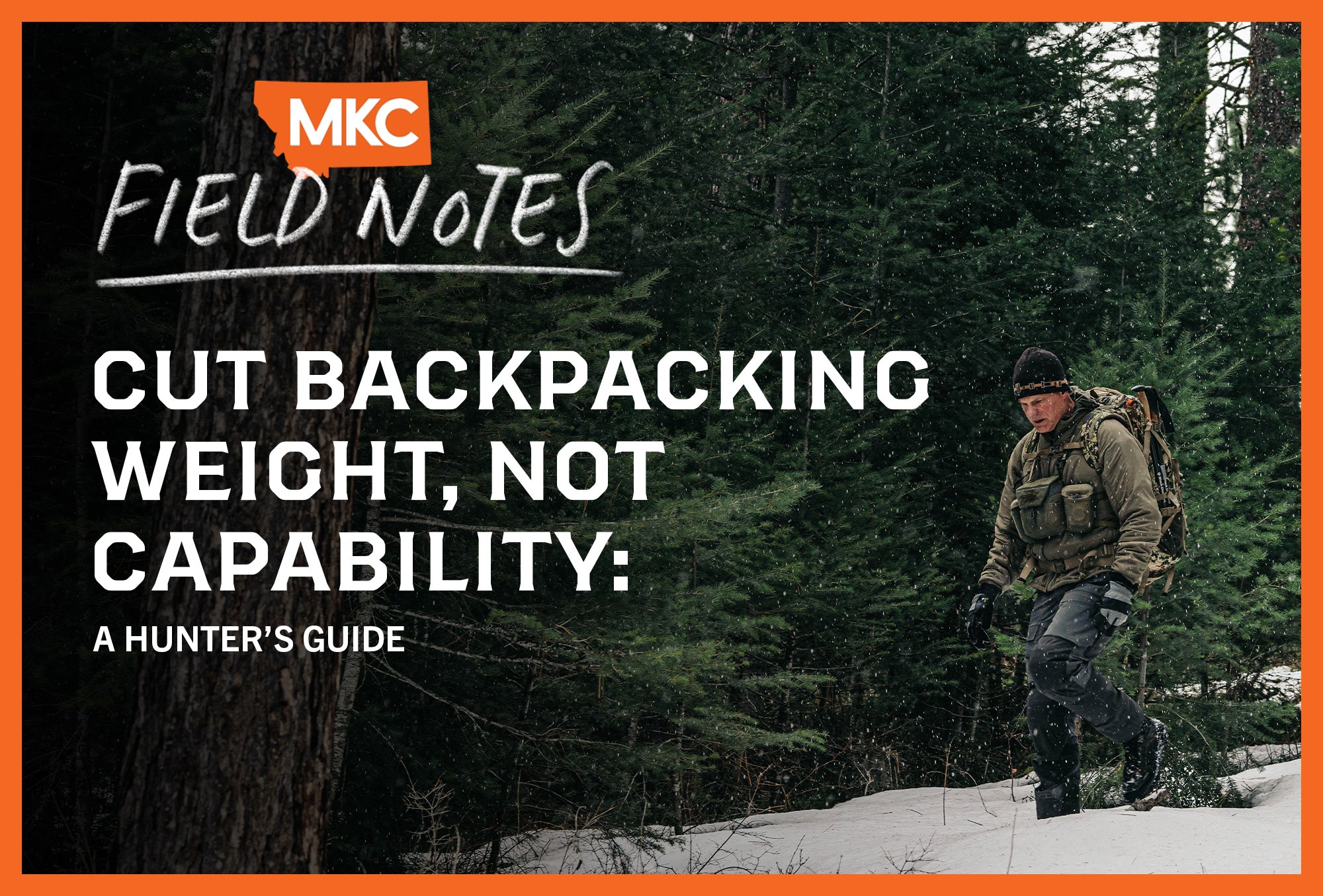Forgetting your spoon on day one of a week-long hunt becomes a real problem when you’re eating dehydrated meals with a stick whittled into a makeshift utensil.
A complete backcountry cooking system matters just as much as the food itself. Most hunters focus solely on food planning while treating their backcountry cooking gear as an afterthought, which creates daily frustration miles from the trailhead.

Your Backcountry Kitchen: More Than Just a Stove
The stove typically gets all the attention in backcountry cooking discussions. While stove selection certainly matters, it’s just one component in a functional backcountry kitchen.
Your complete backcountry cooking system must include:
Stove and Fuel
Select your stove based on hunting conditions, not just weight.
Calculate fuel needs based on meal count and weather expectations, as cold weather increases fuel consumption.
Ignition Sources
Bring multiple lighters and store them in separate locations.
I’ve watched hunters panic when they can’t find their single lighter after setting up camp. Without reliable ignition, your expensive stove becomes dead weight.
Water Processing
Water filtration integrates directly with your backcountry cooking system. Consider how your filter connects to your water storage. Seamless connections prevent spills and contamination during meal preparation.
Water Storage
Determine whether you’ll use bottles or bladders and how they’ll work with your filtration system. Look for direct connection compatibility between components to create a leak-free system.
Eating Vessels
Decide whether you’ll eat directly from food pouches or bring dedicated bowls and cups.
I prefer a collapsible cup for coffee, and I eat directly from meal pouches to minimize cleanup.
Utensils
Pack dedicated eating utensils rather than using your cooking tools for eating. The titanium spork in your pocket eliminates the need for impromptu whittling when your main utensil goes missing.
Cleanup Kit
Include wet wipes, hand sanitizer, and a small microfiber towel. Field hygiene prevents illnesses that end your hunt prematurely.
Backcountry Cooking Mistakes That Can Ruin Your Hunt
Small backcountry kitchen failures can compound into hunt-ending problems.
Cross-Contamination
Never drink from your cooking pot after preparing meals in it. The residue from last night’s chili mac will turn morning coffee into a nauseating experience. Bring separate vessels for cooking and eating.
Incomplete Planning
Many hunters calculate exact food needs but neglect their backcountry cooking gear.
When you spend 15 minutes trying to make a pot balance on uneven rocks because you forgot a stove platform, you burn daylight and sap the mental energy you need for hunting.
Ignition Failure
Without multiple ignition sources, a lost lighter forces you to eat cold food for days. Store at least three ignition sources in different locations.
Water System Disconnects
When your filtration system doesn’t connect directly to your storage containers, you waste water through spills and create contamination risks.
Tested Backcountry Cooking Gear Configurations
These backcountry cooking systems work reliably in the field:
For Solo Lightweight Hunts (One to Three Days):
- Canister stove with integrated pot system
- Two mini-BIC lighters in waterproof containers
- Squeeze filter with direct connection to water bottle
- Titanium spork kept in pocket at all times
- Eating directly from meal pouches
For Extended Backcountry Trips (Four to Ten Days):
- Remote canister or liquid fuel stove for reliability
- Two ignition sources (lighter, matches)
- Gravity filter system with quick-connect compatibility
- Collapsible cup and bowl with dedicated utensils
- Complete cleanup kit with biodegradable soap

Test Your Backcountry Kitchen Before Your Hunt
The time to identify problems with your backcountry cooking system isn’t 10 miles from the trailhead.
Test your setup thoroughly:
- Assemble and light your stove, wearing your hunting gloves.
- Practice connecting your water filtration system to all storage containers.
- Prepare an actual backcountry meal using only your field kitchen.
- Clean everything using only your field cleanup kit.
This testing process reveals integration problems that don’t come to light when you check individual components separately.
Improve Your Backcountry Meals With the Right System
Your backcountry meal selection impacts your cooking system requirements.
Dehydrated meals require reliable hot water production and proper timing. Practice rehydration at home to understand exact water quantities and wait times.
Dry food (granola, energy bars, etc.) needs proper storage and may require cold water to prepare.
Freeze-dried components are flexible, but they require more precise cooking techniques.
Hot drinks (coffee, tea, hot chocolate, etc.) require clean vessels free from food residue.
Integrating Your Backcountry Cooking Gear
Your backcountry kitchen’s effectiveness depends on how well its components work together. Consider these integration points:
Water Flow: Your system works best (and prevents contamination) when it moves water from source to storage to cooking with minimal handling.
Timing Efficiency: A well-designed system lets you multitask; for example, filtering water while heating your dinner.
Space Use: Components nest together for compact packing without rattling or potential damage.
Weight Distribution: Distribute heavy items (fuel, water, etc.) appropriately throughout your pack rather than concentrating weight.
Final Thoughts on Backcountry Cooking Systems
A complete backcountry cooking system keeps you fueled, healthy, and focused during extended backcountry stays.
Next time you plan a trip, give your backcountry kitchen the same attention you give your weapon selection or hunting strategy. Your field performance reflects your nutrition and hydration, which depend on your cooking system’s reliability.
by John Barklow, a Special Operations Survival Instructor and consultant who has spent decades teaching military personnel and civilians survival techniques in extreme environments.
